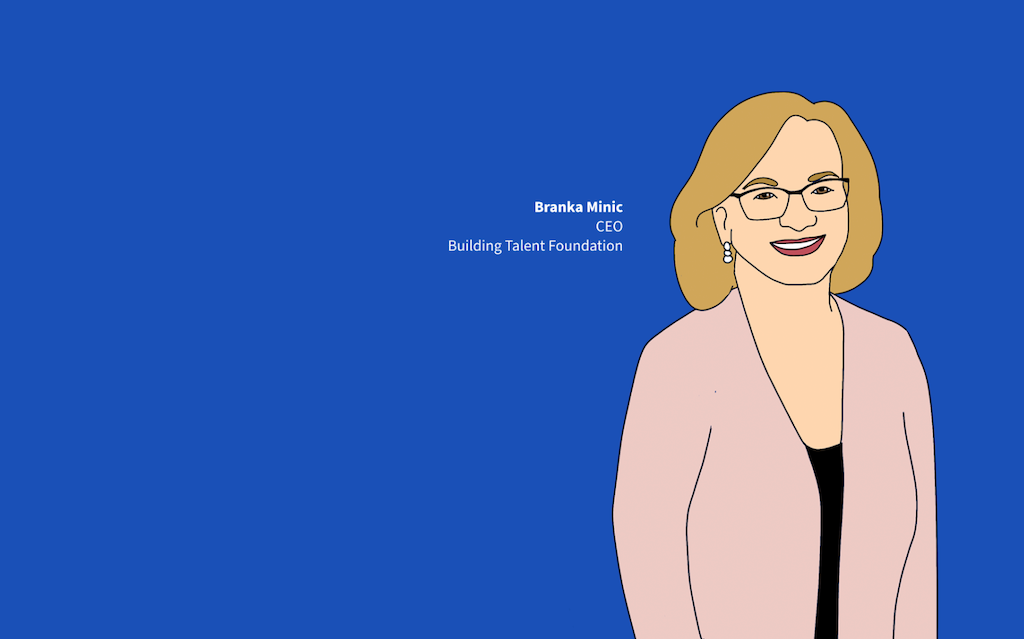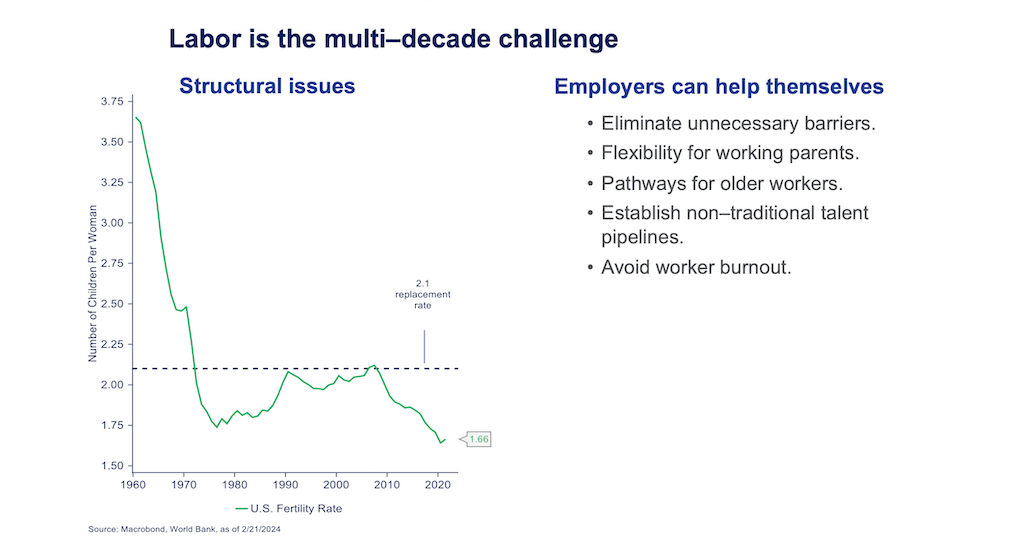Leadership
It's One Of Housing's Fixable Challenges. Why Not Fix It Then?
With an inviting opportunity area of explosive growth along a runway that may extend well into the 2030s, why not fix one of the homebuilding lifecycle's most eminently fixable barriers to business dynamism?

Market-rate housing and its leading human stakeholders are beset with challenges that ride along with volatility and uncertainty, high costs, and big risks. Crazily enough, however, many stakeholders view a decade or more ahead as a time of dynamism.
And why not? The two most fundamental fundamentals that propel their businesses – supply and demand – remain utterly and foreseeably out of whack. The measure of that asynchrony – especially as it filters granularly to local economies shifting fast in a post-pandemic domestic migration shuffle – means business.
Fifth Third Bank Chief Economist Jeff Korzenik's high-level outlook for homebuilding, development, and investment leaders at last week's 2024 Forum For Housing Executives hosted by Builder Advisor Group, carried the title, "The Year of Clarity." A truly stark – and crystal clear – dose of reality that will impact business outcomes came through in this slide:

The question to ask today, yesterday, any day, really – not to mention during what raises awareness and promotes opportunity as Women's History Month and Women In Construction Week, etc. – will quite predictably provoke a dispute.
Which it shouldn't. It should provoke immediate action, commitment, and investment with the expectation of an enormous business return.
The question is this: With an inviting opportunity area of explosive growth along a runway that may extend well into the 2030s, why not fix one of the homebuilding lifecycle's most eminently fixable barriers to business dynamism? Would you do it because it can be done? Why not do it starting today, because there's no earthly reason – or necessarily added financial burden – to wait?
All that really stands in the way is one of the most powerful of societal and business friction and resistance forces: Culture.
A recent note from Building Talent Foundation ceo Branka Minic addresses this fulcrum of friction and resistance to rebuilding and re-seeding real estate and construction's frontline, back office, and corner office talent stream.
Minic writes:
The slow growth of women entering construction is influenced by deep-seated societal beliefs and workplace dynamics. Outdated narratives linking construction to physical strength and masculinity discourage women from pursuing these careers. This is reinforced by internalized gender biases affecting how women view their capabilities. Discrimination and harassment also persist, leading to unequal opportunities and subtle biases. The absence of female co-workers compounds isolation for women in construction."
Fifth Third Bank economist Jeff Korzenik clearly states that the opportunity for homebuilding, as it is for every sector of the economy, is for homebuilding sector employers to "help themselves."
- Eliminate unnecessary barriers
- Flexibility for working parents
- Pathways for older workers
- Establish non-traditional talent pipelines
- Avoid worker burnout
Homebuilders and their partners – with a committed business leadership and an investment of time and focus – could and would stand a better chance than they currently do at tapping into an explosive business dynamism.
Doing that, however, would require a grand bargain that would transform the sector's culture of capability.
That bargain would mean building a coalition of qualified, trainable, engaged people who can solve what Korzenik justifiably terms "the multi-decade challenge."
Now, homebuilders have proven for decades that they're practiced, intuitively-gifted, and devoted to solving hard problems.
- But seeding the next generation of engaged and brilliant talent is not sheerly an economic and finance problem.
- It is not a technological problem.
- It is not a local, county, regional, nor national government policy problem.
- It is not a regulatory problem
It is a cultural transformation problem, and it's solvable more by human effort, intention, and commitment than any of housing's other chronic challenges. Many of those chronic challenges originate and take hold in domains outside the domains of strategy and operational excellence that homebuilders have a say over.
Cultural transformation problems aren't necessarily easier to solve in reality. But they're more fixable because they are in the realm of "things we do control." They're the "political will" of homebuilding and residential real estate development business culture.
Progress is happening. BTF CEO Branka Minic notes:
In 2023, 15.7% of BTF’s placements were females compared to the 4.3% of women in Construction and Extraction occupations. BTF reaches women by inspiring the next generation with positive female role models, promoting careers in construction to women and girls in schools, and providing mentorship to those with an interest in the field. BTF engagement managers coach women toward training and job opportunities that fit their interests and build relationships with key community organizations. BTF has also provided resources to support the industry in recruiting, training, and retaining more women."
They're the "non-traditional talent pipeline," which Korzenik mentions as an essential way every industry's employers can help themselves.
And if homebuilding employers choose to, they can do so.
MORE IN Leadership
10 Bold Ideas Tackling Housing Affordability And Access Now
From AI to hempcrete, these 10 ideas show how innovation in design, finance, and policy can open the door to housing affordability.
Sumitomo Forestry Sharpens U.S. Focus With DRB Move
Strategic clarity replaces portfolio sprawl as Sumitomo bets big on U.S. scale and integration.
Homebuilders and Insurance: A New-Reality Cost To Stay Ahead
Exclusive insights from Westwood Insurance Agency’s Alan Umaly and MSI’s Naimish Patel reveal why homebuilders must rethink insurance, resilience, and risk management—or risk losing buyers in an increasingly volatile market.
